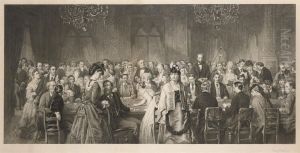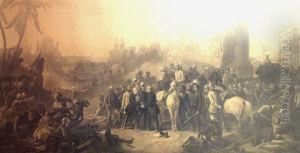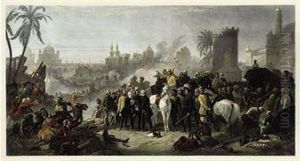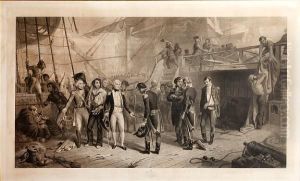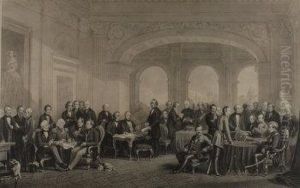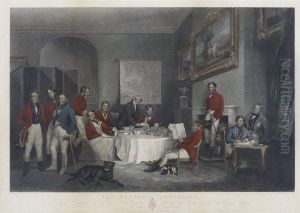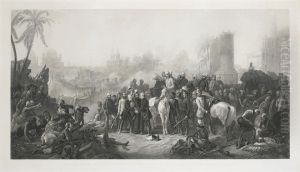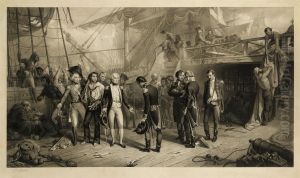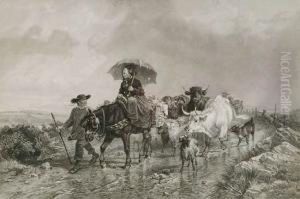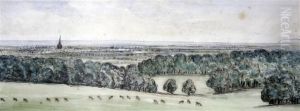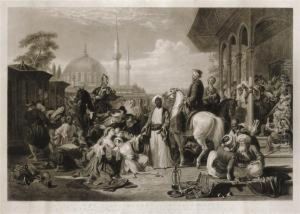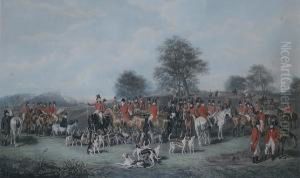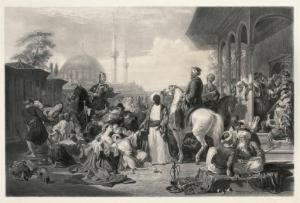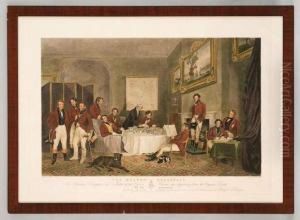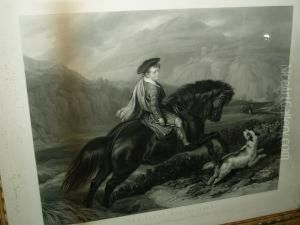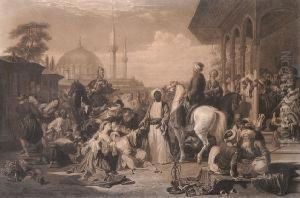Charles George Lewis Paintings
Charles George Lewis was a distinguished British engraver and printmaker, born in 1808. He hailed from a family deeply embedded in the arts, as his father, Frederick Christian Lewis, was also a notable engraver, which provided Charles with an environment rich in artistic influence from an early age. Throughout his career, Lewis specialized in steel engraving, a method that allowed for fine detail and durability, making his works highly sought after for their quality and precision.
Lewis is perhaps best remembered for his contributions to the reproduction of paintings. He worked closely with leading artists of his time, such as Sir Edwin Landseer, whose works he frequently engraved. His ability to capture the essence and detail of original paintings in his engravings was unparalleled, allowing the wider public to access and appreciate high-quality reproductions of important artworks.
During his lifetime, Charles George Lewis was celebrated for his technical skill and artistic sensibility. He was able to translate the depth and emotion of the original paintings into his engravings, a talent that made his work highly valuable to collectors and art enthusiasts. His engravings covered various subjects, including landscapes, portraits, and animal scenes, demonstrating his versatility and mastery over his medium.
Lewis's contributions to the art world were not limited to his engravings. He also mentored younger artists, passing on his skills and knowledge to the next generation. His legacy is seen in the continued appreciation of his work and the techniques he refined and passed on.
Charles George Lewis died in 1880, leaving behind a rich body of work that continues to be celebrated for its artistic merit and technical excellence. His engravings remain a testament to the skill and dedication of one of the 19th century's finest engravers, ensuring his place in the annals of art history.
